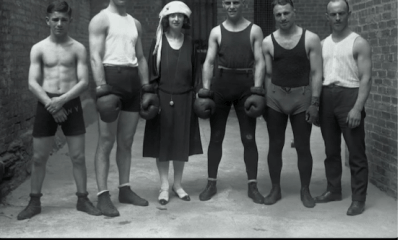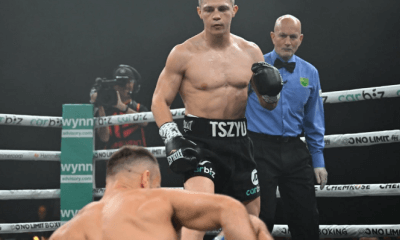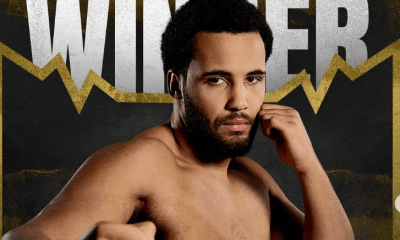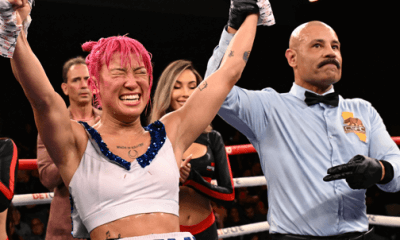Featured Articles
A Shocker in the Philippines as Suganob Topples Vicelles
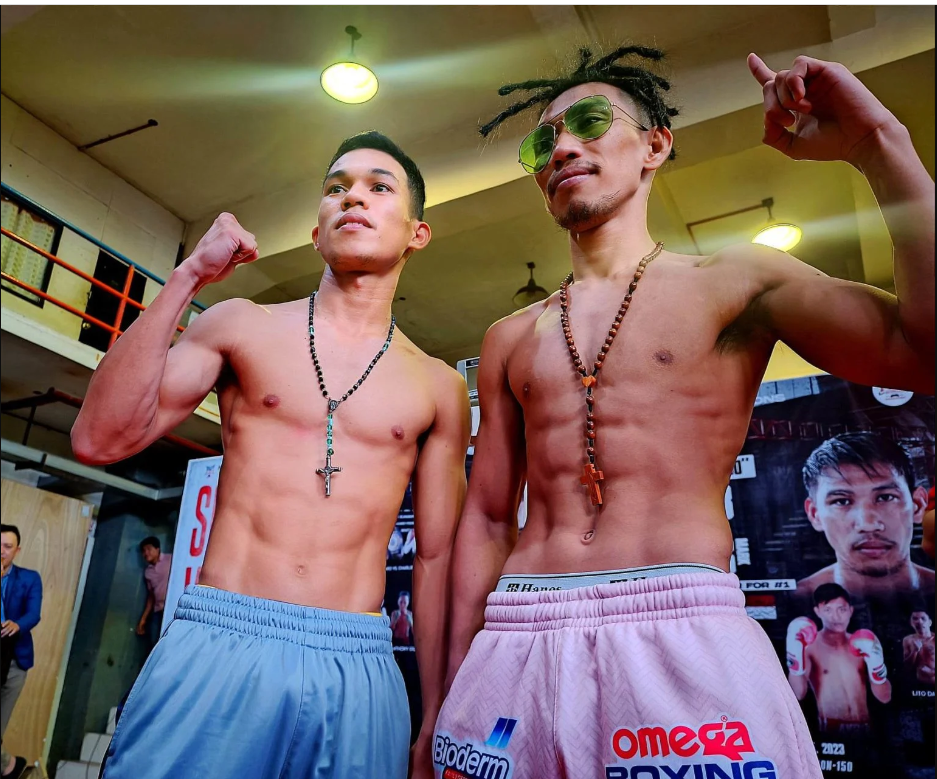
Regie Suganob (now 13-0) has shocked observers local and distant today in Calape, Philippines, winning a deserved decision over the favoured, world-ranked Mark Vicelles (drops to 17-1-1), both Filipinos, both barely under the 108lbs weight-limit. The doctor called a halt to proceedings during the eighth round, the referee instructing judges to score the round as though completed, and all three judges scored for Suganob, 80-71, 78-73 and 77-74 (this last card was identical to my own). A fight that had been nothing less than excellent was perhaps heating into something even more at the time of the stoppage.
Around dinner time for locals, breakfast for America and at lunchtime here in Scotland, bell for the first round sounded for what was far and away the biggest fight of Suganob’s career. Twenty-five years old and out of Dauis, Bohol, Suganob (pictured on the left) caused minor ripples with recent wins over countrymen Jerome Baloro and Andika Boy, both over ten rounds. Most impressive was his shut out of Andika last September, a fighter who had never been beaten but was dropped in the fourth round by Suganob. Short of knockout victories, Suganob seemed to be developing the type of stinging punch that can cause shock in the lower weight classes due to the sudden way it landed. Fighters do not get faster than they are at light-flyweight.
Having turned professional a year before the outbreak of COVID-19, Suganob made up for those lost months by getting out four times in 2021 and three times in 2022 but that shortage of knockouts and a seemingly old-fashioned straight-lined style kept him from impressing that much. He seemed reasonably complete from a technical perspective but short of the extra dimension that might take him into the world’s top ten at light-flyweight. The world’s top-ten is what he assailed today in the form of Mark Vicelles.
Vicelles, in many ways, is all that Suganob is not. A puncher with ten knockout victories under his belt he scraped his way onto the TBRB top ten last year with back-to-back first round knockouts, albeit of limited opposition. His progress could be charted in his improving results which were matched by a developing charism as “Rasta Mac” embraced a look, ring-entrance and personal style that can certainly be regarded as niche in the thriving boxing scene in The Philippines. The IBF took note; despite showing preference for the WBA route, Vicelles was the anointed favourite for an IBF eliminator, no small matter as that belt is held by Sivenathi Nontshinga, not the division’s biggest money fight, but a money-fight nonetheless. Those are rare below featherweight.
Suganob himself got onto the IBF on-ramp back in 2021, picking up a youth title against the unbeaten Jerome Baloro – who he also dropped on his way to taking a decision.Today’s result was a shock, but there were warning signs.
Suganob delivered another warning sign in the first round of the contest, in the form of a sharp check-hook delivered ring-centre. Vicelles, who seemed confident and loose, won that first round on my card but Suganob looked ready to counter the Vicelles southpaw jab from very early in the fight. What was to be his main weapon, the straight right hand, he held back for the most part. My notes for this first state 10-9 for Vicelles but I add that Suganob was “organised and watchful.” What he was watching for would soon become apparent.
In the second, Suganob, clearly the smaller man, appearing at least a weight class smaller despite the tiny difference the two had shown on the scales, landed far and away the cleaner punches while Vicelles looked a little uncomfortable. It was like he did not receive the respect he had expected upon deploying what he assumed was a superior offence and was not sure what to do about it. Certainly, it was not that Suganob was walking through him but he was certainly continuing to pick his punches and refused to be dissuaded from doing so by Vicelles. What was already clear was that there would be no technical mis-match and in fact, by the end of the fight, it would seem to me that Suganob was the superior technician.
Something of this message appeared to have reached Vicelles in the third; he boxed carefully, while Suganob, ominously, deepened his stance and showed himself prepared to wait. When both men amped up their aggression levels in the second half of the fight it seemed to me that Vicelles was the man doing the better work but that Suganob was the man fighting within himself. In the fourth, he proved it, countering with the punch he had been waiting to land in earnest, a flashing right-hand over the top that deposited Vicelles neatly on the canvas, only a little more than a flash knockdown it nevertheless signalled Suganob’s ownership of the ring and his taking control of the fight. Vicelles tried to re-take control in the fifth and landed some nice bodywork, but Suganob had his right hand dialled in and clearly won another round; in the sixth he re-applied himself and was able to land the right-hand punch as a finish to combinations that also included a left-hook. When an accidental headclash left Vicelles with what looked a serious cut above an eye he was in trouble on the cards, in the widest strategic sense and physically, bringing from him his best boxing of the fight in the seventh. Still though, Suganob seemed the coolest man in the house, neither disturbed nor uncovered by the pressure the more experienced man brought to bear.
When the referee interrupted the eighth to ask the ring doctor to take a look at the cut, Suganob was as firmly in control of the fight as he had been at any time during the contest. While the nature of the stoppage and technical decision prevents this being a performance that can be said to have put the 108lb division on notice, Suganob’s next fight is now must-see. A match with Sivenathi Nontshinga, the division’s number six fighter by my eye, would be most welcome.
For Vicelles I suspect it will be 112lbs. He had the experience and the depth of style to turn this one around and had those successes in the seventh to point to in any new negotiation but he is one loss from the crossroads.
On the undercard, Shane Gentallan (now 7-0, out of The Philippines) looked every inch the prospect in blasting out late substitute Faisol Akbar (now 6-7-1, Indonesia). Akbar has been stopped before, but in this decade and he had been jobbing as high 115lbs in the interim; this 105lb contest seemed a survivable ten rounds for him. Akbar’s strategy was to cover up and launch only big punches at his less experienced opponent and it seemed a plan with merit, but the body attack Gentallan unleashed was of high class. Akbar succumbed to a punch that left him sprawled on the canvas for minutes after it landed. Gentallan’s might be a name worth remembering.
-

 Featured Articles4 weeks ago
Featured Articles4 weeks agoThe Hauser Report: Zayas-Garcia, Pacquiao, Usyk, and the NYSAC
-
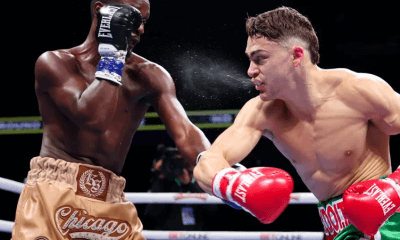
 Featured Articles3 weeks ago
Featured Articles3 weeks agoOscar Duarte and Regis Prograis Prevail on an Action-Packed Fight Card in Chicago
-
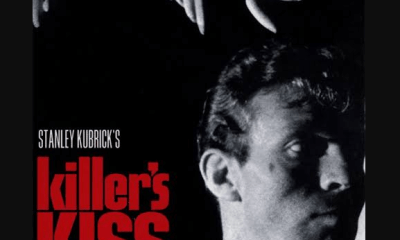
 Featured Articles2 weeks ago
Featured Articles2 weeks agoThe Hauser Report: Cinematic and Literary Notes
-
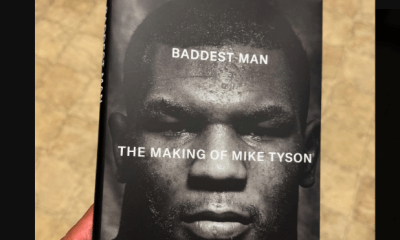
 Book Review2 weeks ago
Book Review2 weeks agoMark Kriegel’s New Book About Mike Tyson is a Must-Read
-

 Featured Articles4 weeks ago
Featured Articles4 weeks agoRemembering Dwight Muhammad Qawi (1953-2025) and his Triumphant Return to Prison
-
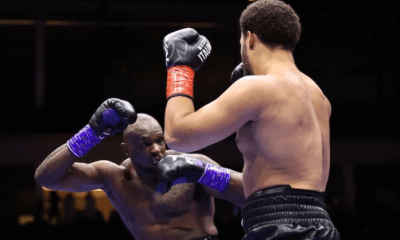
 Featured Articles7 days ago
Featured Articles7 days agoMoses Itauma Continues his Rapid Rise; Steamrolls Dillian Whyte in Riyadh
-
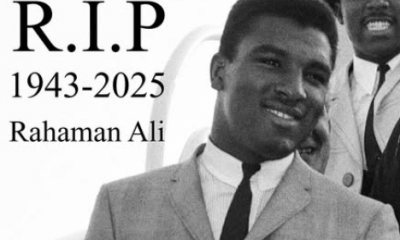
 Featured Articles3 weeks ago
Featured Articles3 weeks agoRahaman Ali (1943-2025)
-

 Featured Articles3 weeks ago
Featured Articles3 weeks agoTop Rank Boxing is in Limbo, but that Hasn’t Benched Robert Garcia’s Up-and-Comers




